1. Cowboys Always Wore White Hats for Good and Black Hats for Bad
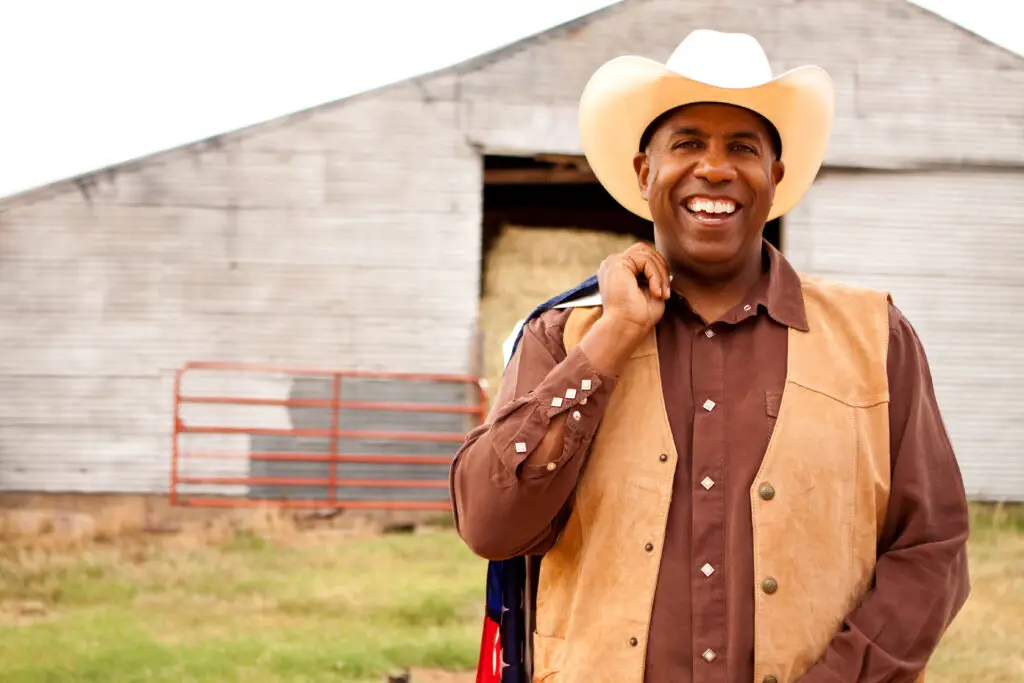
The classic image of the noble cowboy in a white hat and the villain in black came straight from Hollywood, not history. In real life, cowboy fashion was a lot more practical and less symbolic—hats were chosen for sun protection, durability, and personal preference, not moral alignment shares History.com.
In fact, many real cowboys wore darker hats to hide dust and sweat stains. The idea of good vs. evil based on color-coded headwear was just a convenient visual cue for early silent films. It stuck around, but it’s as fictional as the perfect showdown at high noon adds Texas Monthly.
2. Every Western Town Had Daily Shootouts
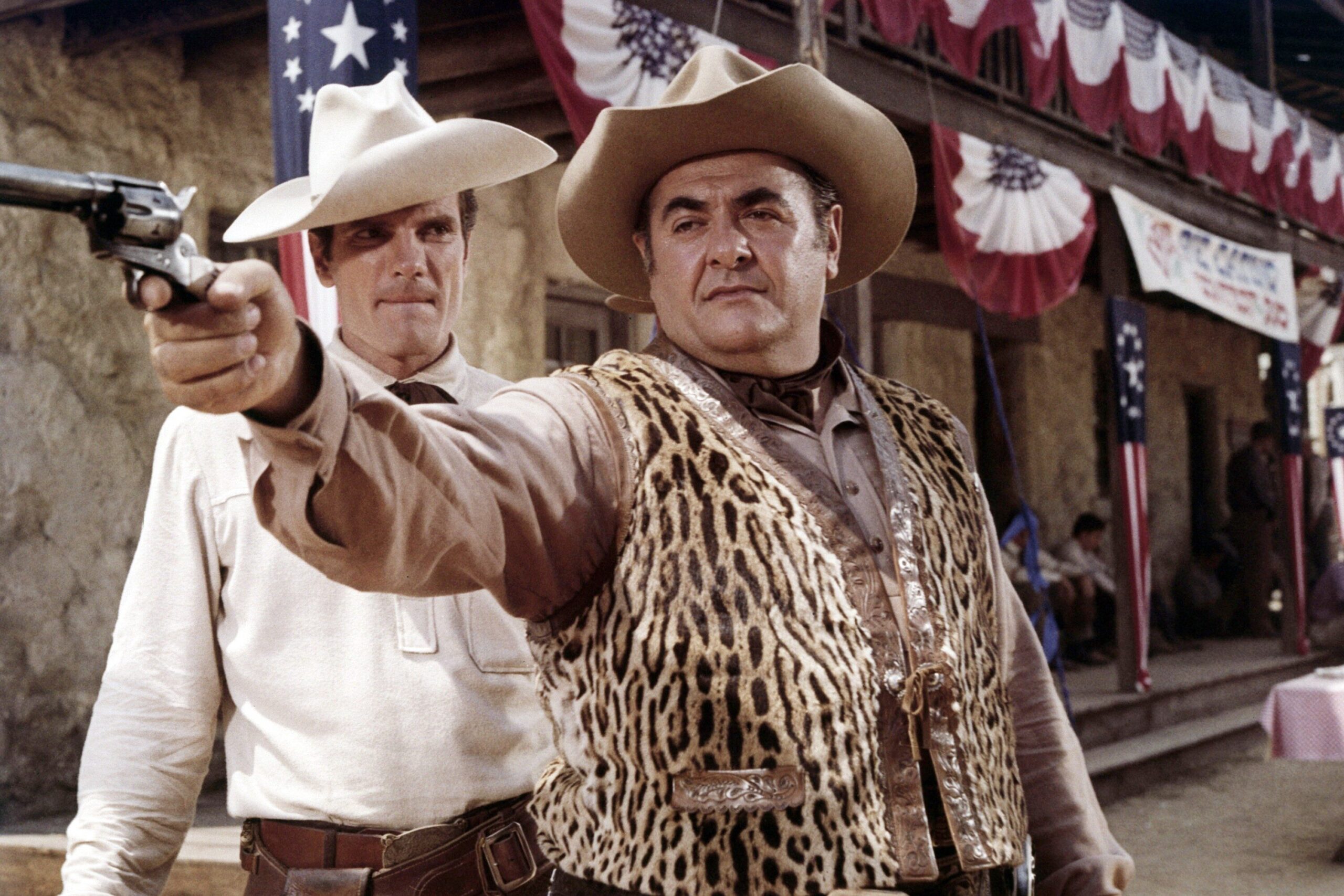
Gunfights did happen, but not nearly as often as movies suggest. Towns like Dodge City and Tombstone were far more interested in keeping order than turning into the Wild West free-for-all we’ve been led to believe shares the New Yorker.
Lawmen tried to prevent violence, not encourage it, and many towns had strict laws about carrying guns. Shootouts were the exception, not the rule, and often the result of very specific feuds rather than random bravado. Most folks just wanted to go about their business in peace says Electric Literature.
3. Cowboys Did All Their Work on Horseback
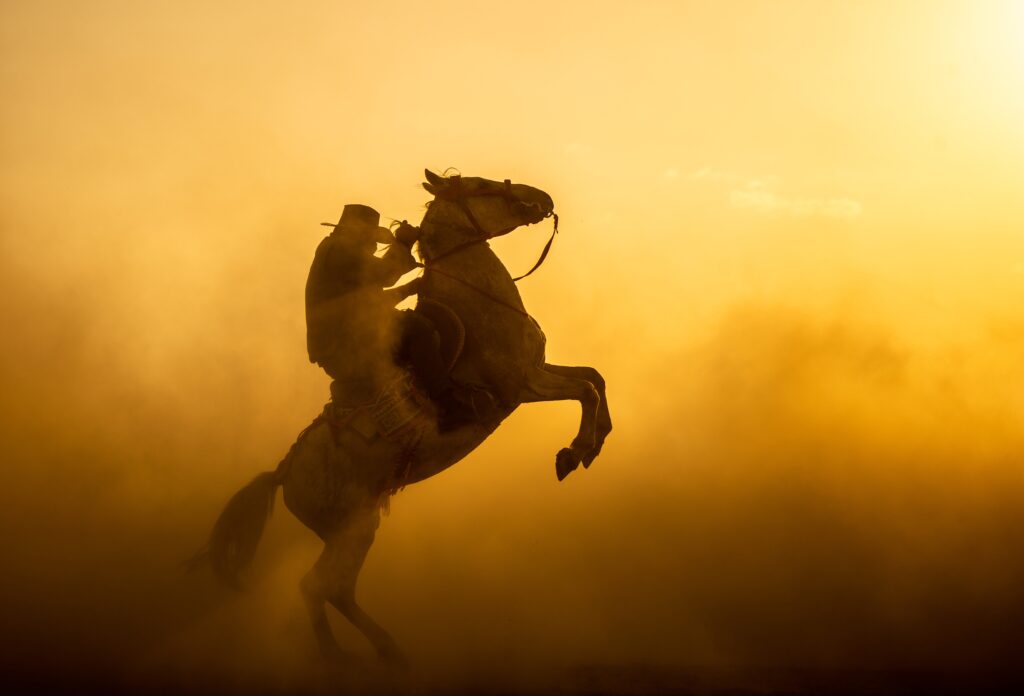
Sure, riding the open range sounds romantic, but cowboys actually spent more time doing grueling, unglamorous tasks than galloping across prairies. Think branding, mending fences, and herding cattle on foot for hours.
Horses were essential, yes, but so were strong legs and a tough back. Hollywood just left out the sweat, boredom, and exhaustion in favor of sweeping landscapes and heroic silhouettes.
4. Native Americans Were Always the Villains
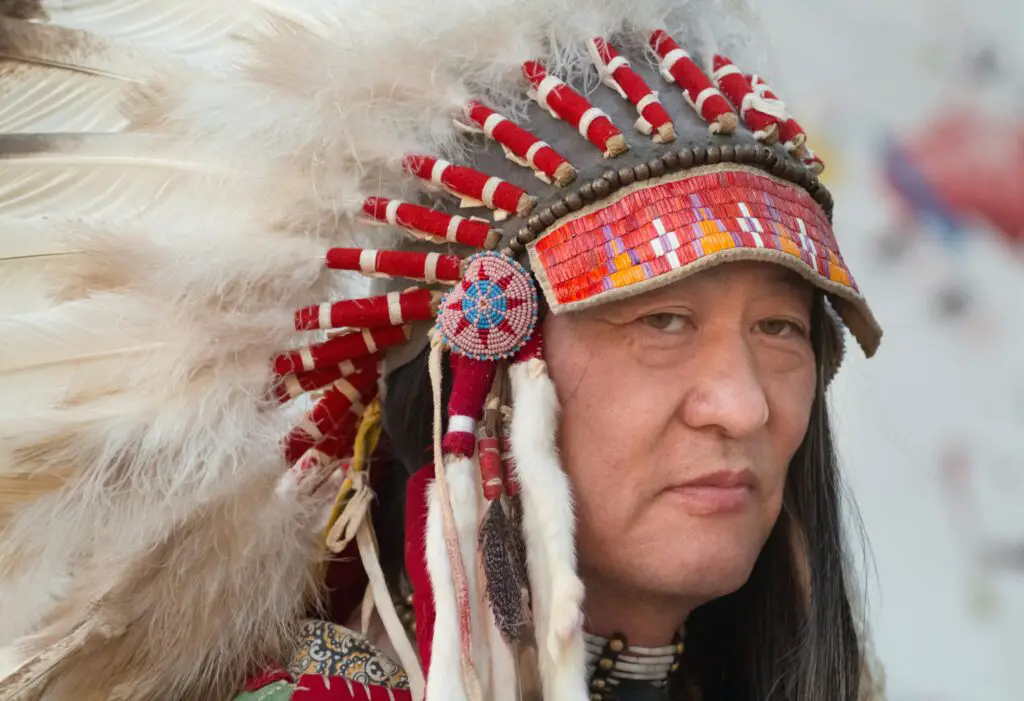
Early Westerns painted Native Americans as savage obstacles to progress, but that was a deeply harmful and inaccurate narrative. Real history tells a much more complicated and heartbreaking story of land loss, forced relocation, and resistance.
Many tribes tried to negotiate peacefully or were simply defending their homes. Hollywood chose to ignore their humanity for decades, reducing diverse cultures into one generic enemy. That stereotype is still being unraveled today.
5. The West Was Full of Lone Wolves
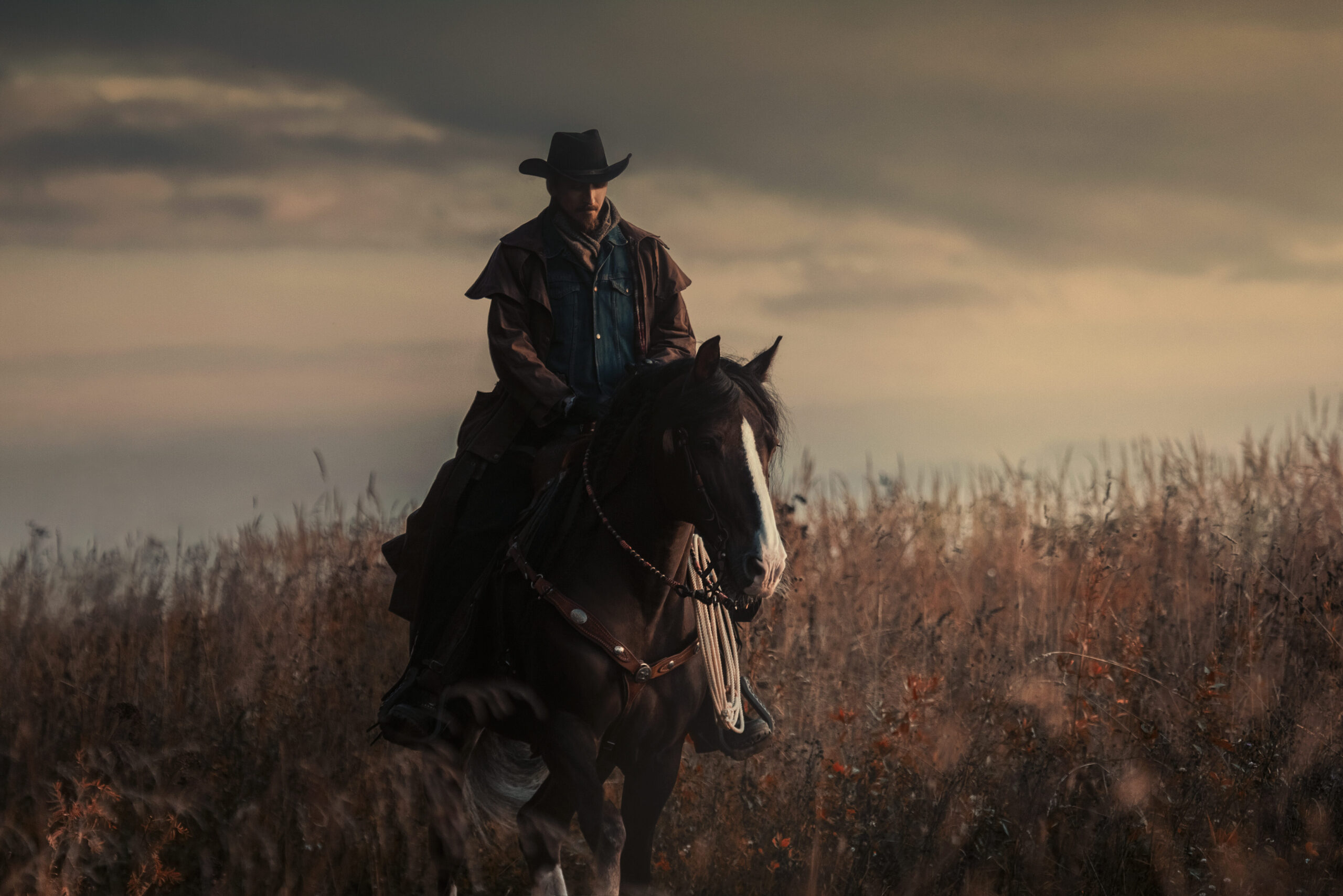
The solitary cowboy, wandering from town to town with no ties or past, is pure movie magic. In reality, community and teamwork were vital to surviving the rugged landscape and harsh conditions of the American West.
Cowboys worked in crews, and even the most independent settlers relied on neighbors for support. The idea of the completely self-sufficient loner just doesn’t match up with the historical record.
6. Saloon Girls Were Just Flirty Dancers
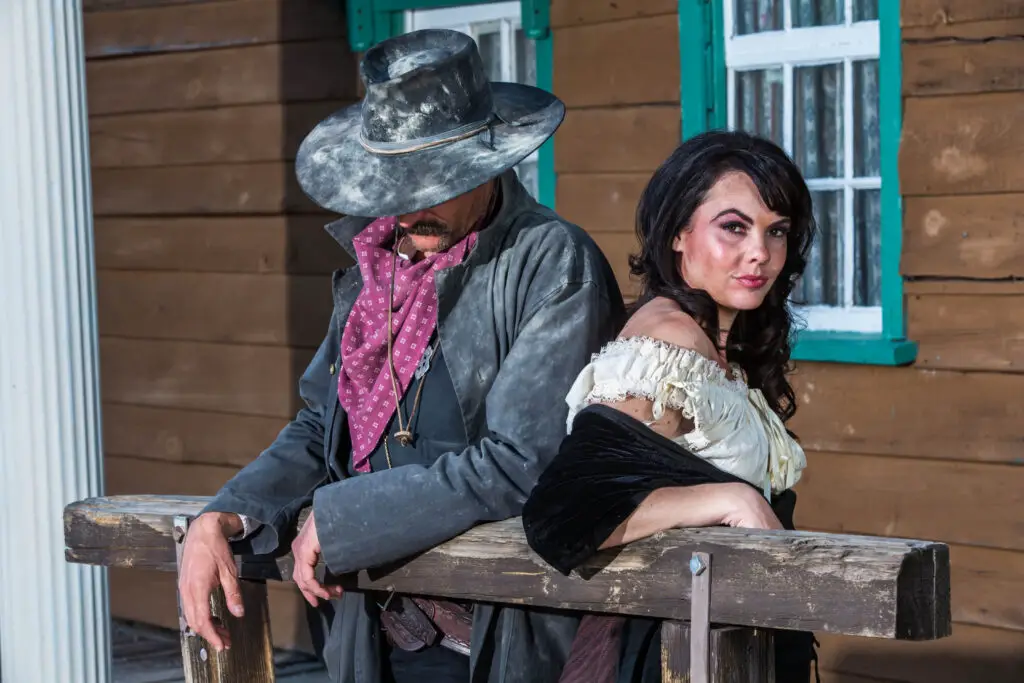
Hollywood gave us the trope of the glamorous saloon girl, but the truth was often more complex and much grittier. Many women who worked in saloons did so out of economic necessity and were more likely servers or entertainers than high-kicking showgirls.
While some may have danced or flirted, most were just trying to make a living in tough circumstances. The glitzed-up version glosses over the reality of limited options and hard choices.
7. Stagecoach Robberies Were Common and Always Violent
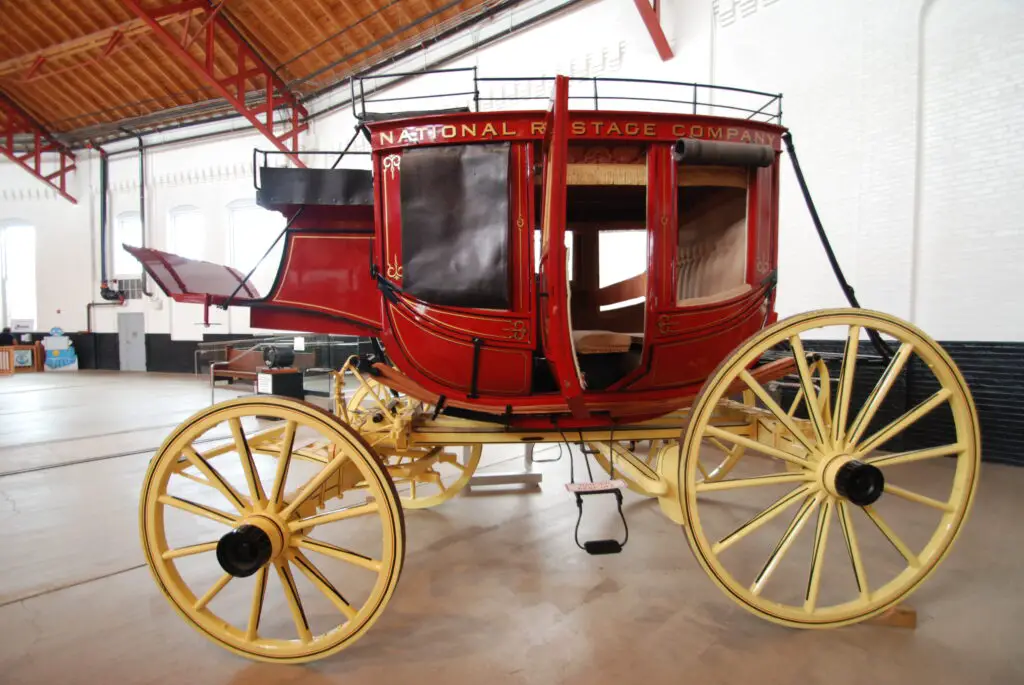
While stagecoach robberies did happen, they were far less dramatic than what we’ve seen on screen. In many cases, robbers simply pointed a gun and asked for the strongbox—no shootout, no explosions, and often no injuries.
Some stagecoach companies even worked with bandits to arrange safe handovers. The idea of the heroic guard defending a coach from waves of outlaws was mostly a cinematic invention.
8. Everyone Spoke with a Cowboy Drawl
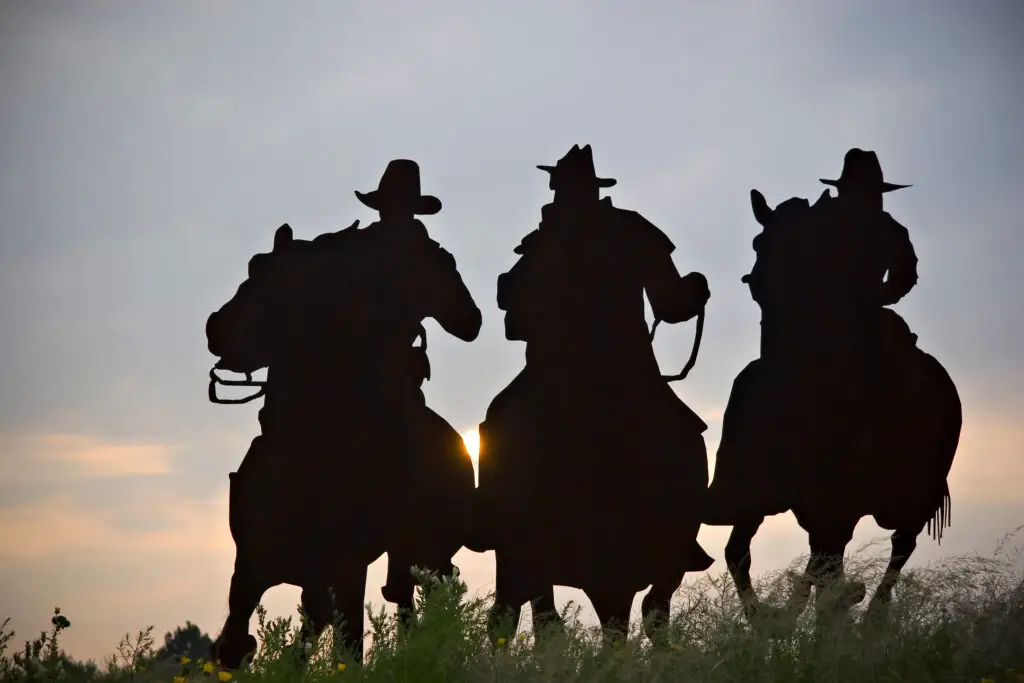
The slow, twangy cowboy accent is as much a product of old Hollywood scripts as it is regional dialect. The West was settled by people from all over the U.S. and Europe, bringing a huge mix of voices and accents.
Many Western towns sounded more like melting pots than country songs. The cowboy drawl became iconic thanks to actors like John Wayne, but it wasn’t nearly as universal as the movies suggest.
9. Western Justice Was Fast and Final
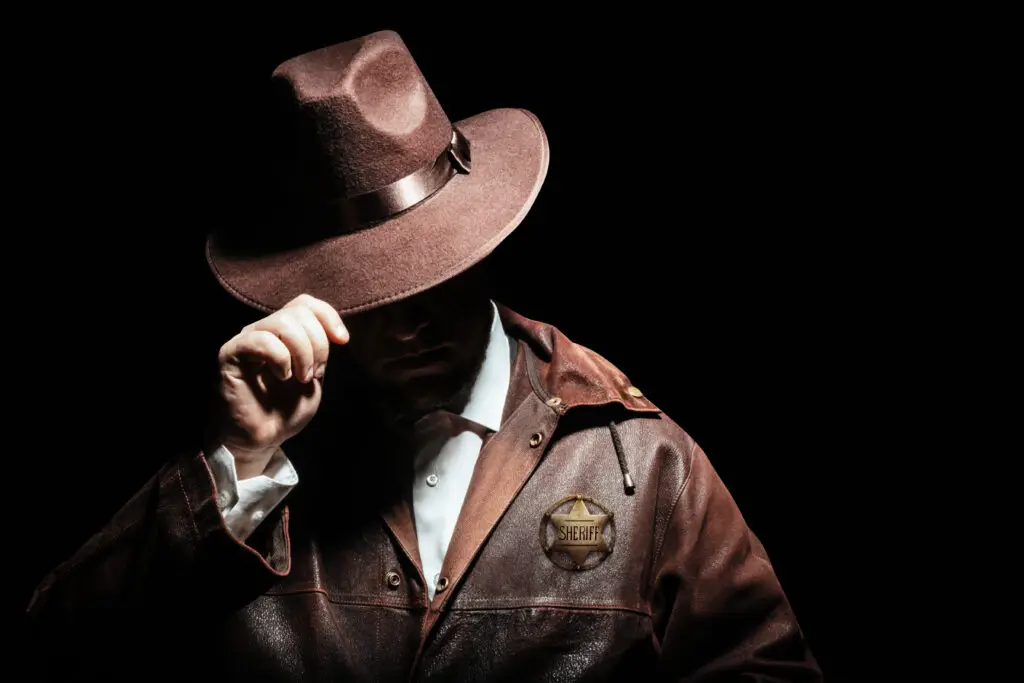
Movies love the idea of frontier justice, where a sheriff makes a split-second decision and hangs the bad guy before sundown. But real law in the West was surprisingly formal and often slow-moving, with trials, paperwork, and appeals.
Many outlaws were arrested and jailed rather than gunned down, and towns valued stability more than vengeance. The myth of instant justice was more about drama than truth.
10. Women Were Just Background Characters
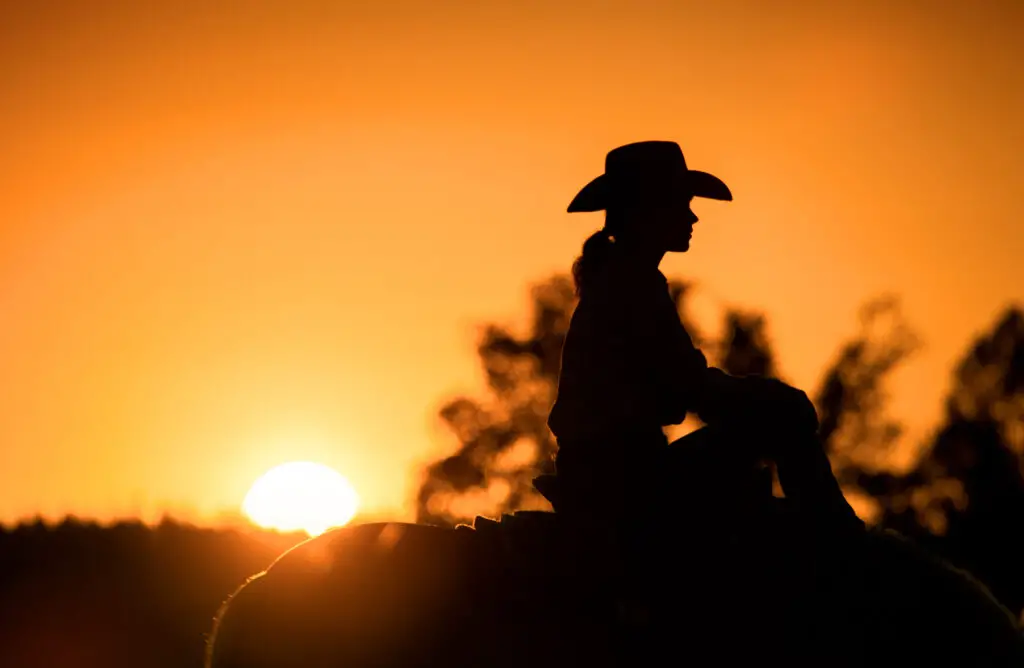
Hollywood has long portrayed women in the West as either damsels in distress or decorative figures in saloons. In reality, women were homesteaders, business owners, teachers, doctors, and sometimes sharpshooters.
They ran farms, raised families under harsh conditions, and in many towns, played central roles in building communities. The American West would not have developed without their labor and grit.
11. Cowboys Were All White
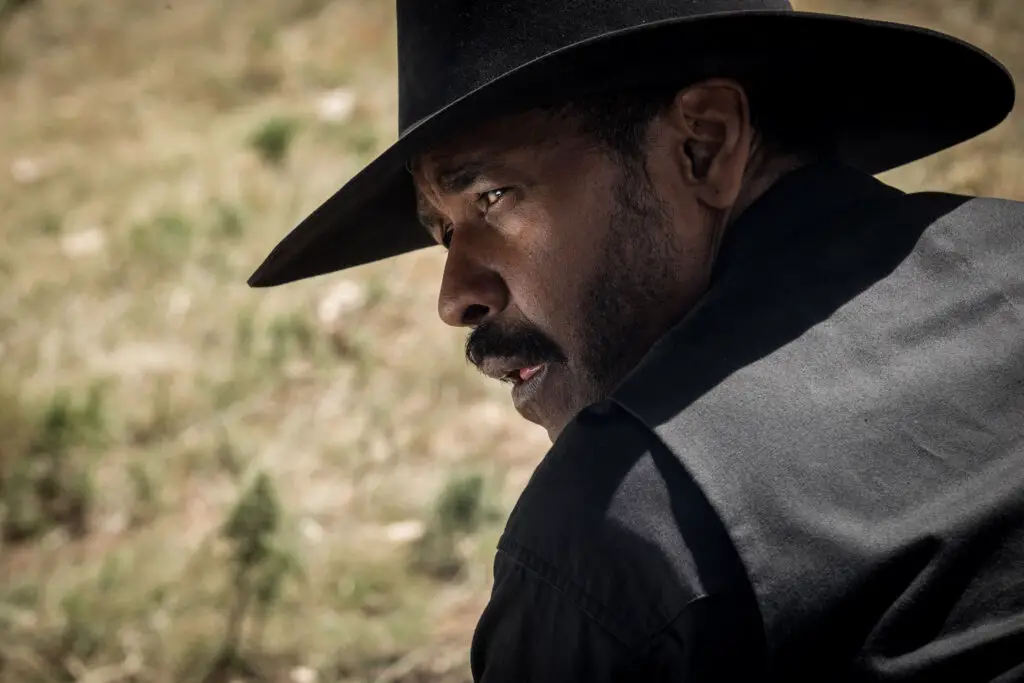
One of the biggest omissions in Westerns is just how diverse the real cowboys were. Historians estimate that up to a quarter of cowboys were Black, and many others were Mexican or Native American.
Hollywood erased much of that history, creating a whitewashed image that didn’t reflect reality. The West was shaped by people from many backgrounds working side by side.
12. The West Was All Desert and Dust
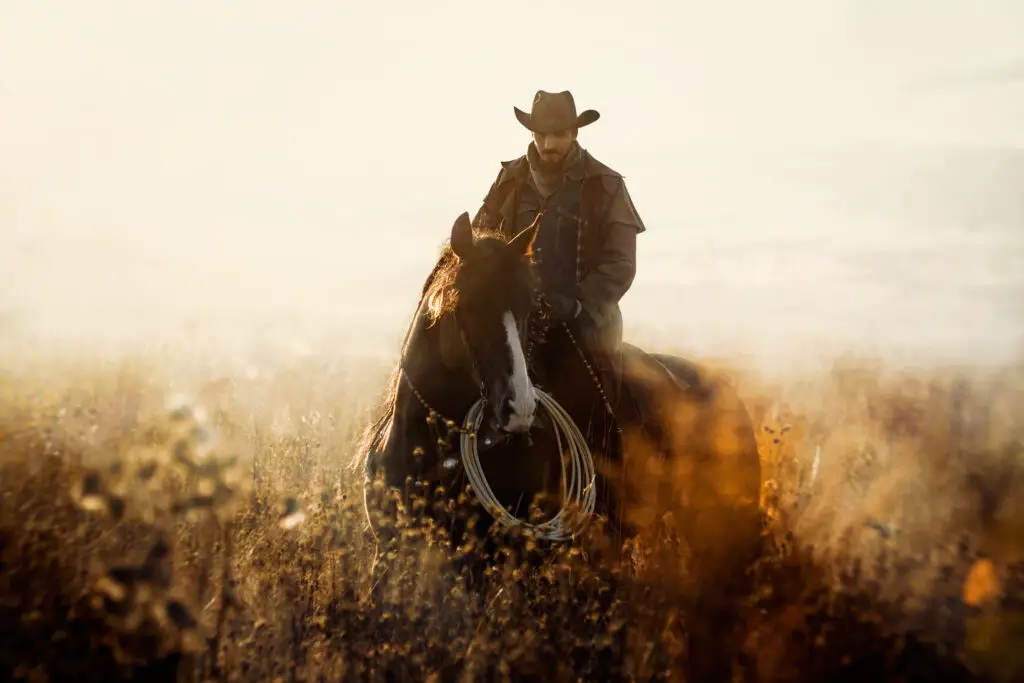
From old Westerns, you’d think the American West was nothing but tumbleweeds and cacti. But the region includes forests, mountains, prairies, and rivers—far more varied than what’s shown on screen.
Movies often filmed in the same dry locations for budget reasons, which helped cement that one-note image. The real West was, and still is, a place of incredible geographic diversity.
